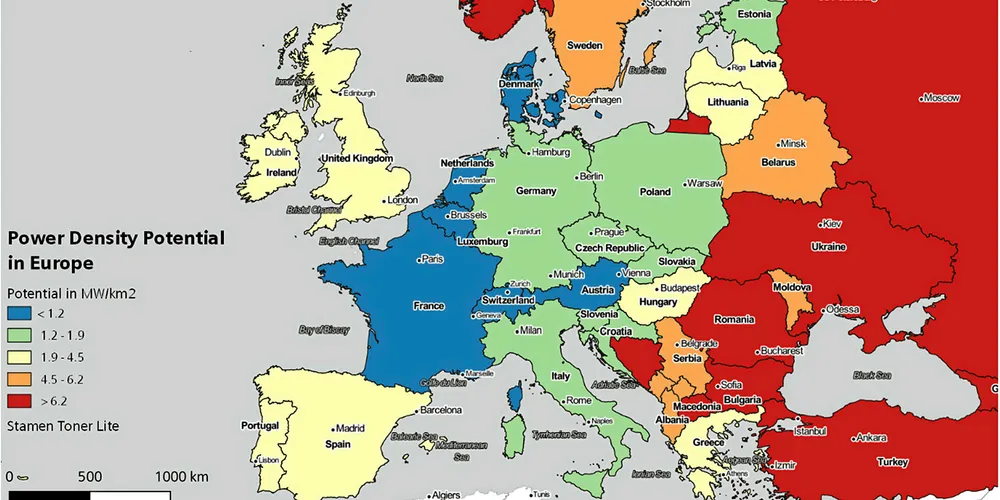Europe’s untapped wind energy ‘could power the whole world‘
Continent could produce 100 time more energy from wind on land than it does today, study by UK and Danish universities finds

Continent could produce 100 time more energy from wind on land than it does today, study by UK and Danish universities finds
